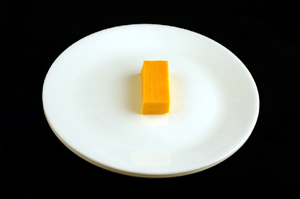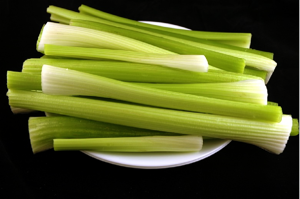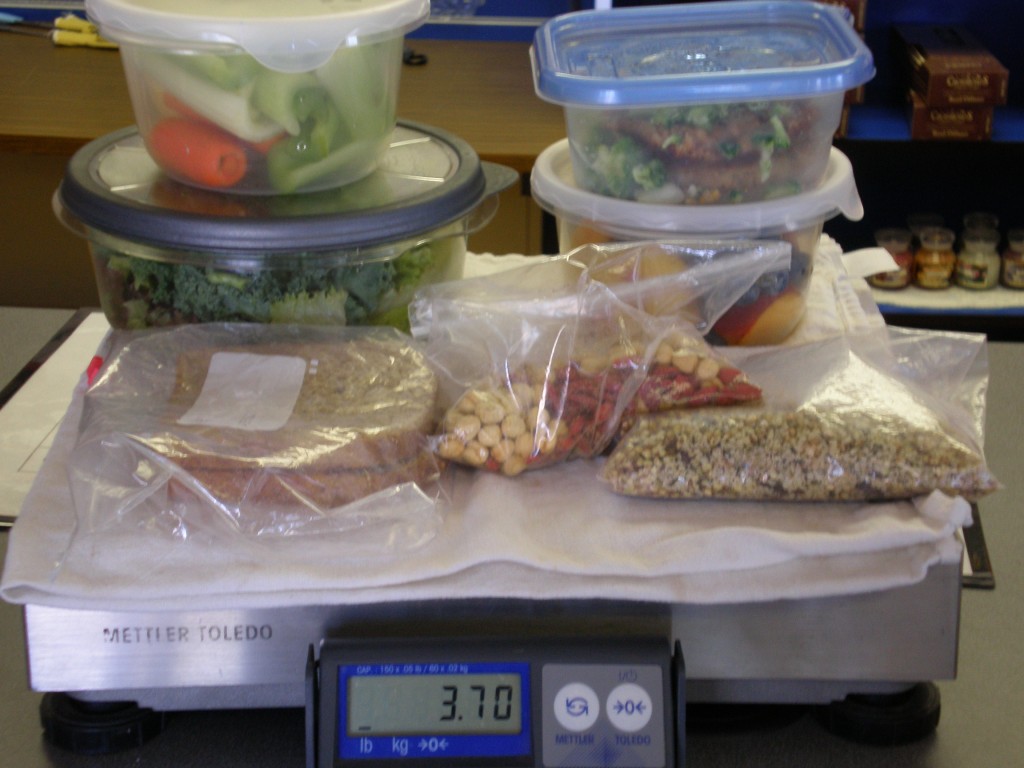People generally eat between three to four pounds of food each day. Processed, calorie-dense foods add up to four pounds a lot quicker than whole, nutrient-dense foods. Want to lose weight? Think about where your food pounds come from.
++
I don’t know what you had for lunch today, but I had 18 apples.
What do you think of that? You probably think I’m a glutton and have the GI tract of a gorilla.
But check this—a typical fast food value meal has the same amount of calories as 18 apples. 18! So I wanted to see what would happen if I downed the same amount of calories from apples.
Not pretty.
Yet I’ve had buddies knock back two fast food meals while watching Monday Night Football. And no, I haven’t seen any of them go through a bag of Red Delicious by the 4th quarter.
What does this tell me? Well, it tells me that Mother Nature has your back.

Remember:
- Real food regulates appetite—so you don’t overeat
- Real food controls blood sugar/insulin—so you can avoid energy swings and diabetes
- Real food provides the best nutrition—so you can remain healthy for life
- Real food has a sane amount of energy—so that you can’t accidentally overeat
- Real food has a longstanding relationship with our body—so our bodies know what to do with it
Energy density
This leads me to the world of energy density. Are you familiar with it? It’s the amount of energy (calories) per unit of food. Let me explain.
 |
 |
|
This is 200 calories of melon. This is a lot of melon.
|
This is 200 calories of cheese. This isn’t very much cheese.
|
 |
 |
|
This is 200 calories of celery. Good luck eating this.
|
This is 200 calories of a candy bar. Good luck NOT eating this.
|
Seeing a trend? It’s hard to rack up excess energy (calories) from whole, real, calorie-dilute foods.
Food poundage
Interestingly, research shows that most humans eat between three to five pounds of food per day. Indeed, as we approach four pounds of food intake for the day, most of us are feeling pretty satisfied.
Now, this can be four pounds of celery. Or it can be four pounds of candy bars. It’s not the food or calorie content that matters. It’s the volume/poundage that counts. And obviously, there are some big nutrient differences between celery and candy bars, right?
Now, let’s take some extreme examples of this…
- 4 pounds of raw veggies will provide 400 calories
- 4 pounds of raw fruits will provide 1000 calories
- 4 pounds of cooked whole grains/legumes provides 1600 calories
- 4 pounds of nuts/seeds provides about 10,000 calories
- 4 pounds of Lucky Charms, Pop Tarts, Cheese provides about 10,000 calories
Note: I’m showing calories only as a measurement unit to help illustrate a point. Don’t get wrapped up in the numbers.
People that struggle with body fat management tend to fill up on energy dense, processed foods. This means stored energy for later. In other words: extra body fat.
If we eat four pounds of whole, real food then we get lots of nutrition with a calorie count that our body can handle.
What’s our poundage portion?
Most people in the U.S. are consuming (on average) the following amounts of food each day:
2.0 pounds of meat, dairy and eggs
1.5 pounds fruits and veggies
0.5 pound grains
0.5 pounds added sugars, fats and oils
= 4.5 pounds
= about 3,700 calories per day
What if we switched this around?
2.5 pounds of fruits and veggies
1.0 pounds of grains and legumes
0.3 pounds nuts/seeds
0.3 pounds meat, dairy and eggs
0.1 pounds added sugars, fats and oils
= 4.2 pounds
= about 2,075 calories per day (this isn’t really that much, especially if you’re physically active.)
Putting it to the test
I’m curious: what does a day of my food weigh?

How much my day of food weighs = 3.7 pounds
Clockwise, starting in upper right:
2 lentil burgers, steamed broccoli
Peaches & blueberries
Raw buckwheat granola with hempseeds and flax
Roasted garbanzos & goji berries
Sprouted grain bread with peanut butter
Lettuce & kale
Celery, carrots, zucchini
I was surprised it didn’t weigh more. The actual food weighs less than 3.7 pounds, as the food containers contribute to the total weight. Although I did leave out condiments like salad dressing and mustard.
Note: this was just a random day of eating, for me. Some days I eat more, some less.
Also note: I choose to follow a plant-based diet, which is why you don’t see any animal foods here. However, my meat-eating friends have tried this experiment too and pretty much come up with the same result.
What have we learned today?
If we prioritize whole, nutrient-dense foods there isn’t much room left for the energy-dense, processed foods. You only have about three to five pounds to work with each day.
Food for thought…what are your four pounds made of?




Share